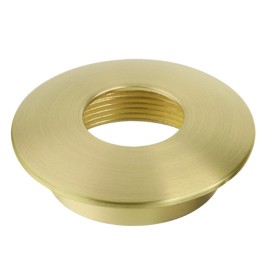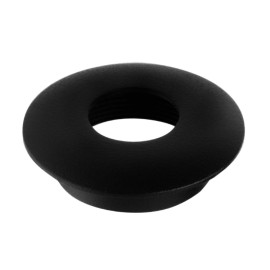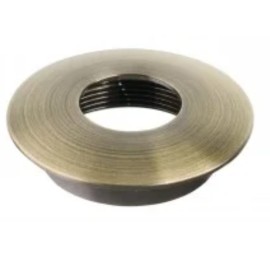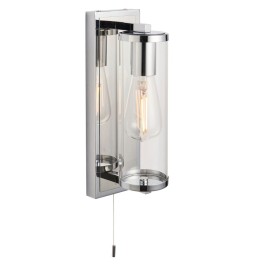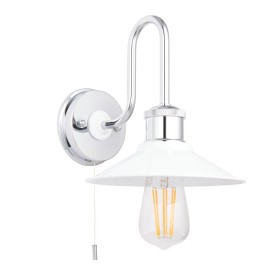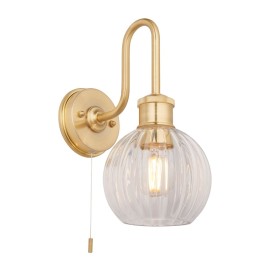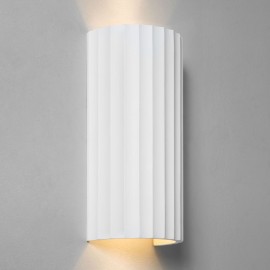
Quick Guide to Painting your Plaster or Ceramic Paintable Wall Lights
Do you fancy a different color for your wall lights? We at Sparks offer quite a lot of plaster light fittings and ceramic lights which can be painted to complement the interior design of your room or space. They are called "paintable lights", and painting such fittings will not invalidate your warranty, provided that no technical parts have been tempered with. But when you intend to paint a certain plaster wall light or ceramic light fitting, you need to take care of a few matters; they are porous materials, so there are a few processes that are recommended in order to obtain a quality painted finish. The following guide is based on the Astro Lighting painting guide, which we find very helpful. Painting your Light Fittings - General Rules First: don't paint the plaster or ceramic fitting while it is fitted to the wall. This is not recommended, for it may leave unsightly cracks around the edge of the product, and this may result in unwanted light spill. Second: if there are some dark marks on the plaster or ceramic fitting, it is recommended that you remove them. You can do this by either using a clean white eraser or P600 grit sandpaper (if the marks are heavier). If you don't remove the dark spots or marks, they may show through the paint. Third: take care when handling the plaster light fitting or ceramic parts, since these materials are naturally brittle. Handle with care. Fifth: Please mark off any electrical components, such as lampholders, LED lamps, etc. Sixth: after painting, make sure you remove the masking tape with care, to make sure the edges are even and straight. These are some general rules which should be followed no matter what kind of fitting you wish to paint. Let us see some more specific rules when it comes to painting Plaster Lights or Ceramic Lights with either spray paint finish or emulsion finish. Best Practice for Spray Painting the Paintable Plaster Lights First of all, here are some of the best practices for a spray paint finish for plaster lights, that is, when you wish to spray-paint your plaster light fitting: Spray Primer: Use two wet coats of white high build spray primer to seal the plaster surface. Priming on the Inside: Apply primer to the inside of the plaster part – this will make masking easier when applying the colour paint on top. Wait to dry: Allow to dry before applying the next coat. Masking tape: Use masking tape to mask off all internal surfaces to preserve original light colour, brightness and pattern. Spray Color Paint: Use spray colour coat on top (must be compatible with primer). Multiple coats may be required to achieve desired finish. Best Practice for Emulsion Painting the Paintable Plaster Light Fittings Primer: Use a plaster sealer primer, brushed or rolled on. One coat should be enough. Wait to Dry: Allow to dry before applying top colour coat. Masking Tape: Use masking tape to mask off all internal surfaces to preserve original light colour, brightness and pattern. Paint the Fitting: Apply colour emulsion on top, this can be rolled or brushed on. Please note: if you're using a brush, it may create a different texture. Multiple coats may be required to achieve desired finish. Best Practice for a Spray Paint for Paintable Ceramic Light Fittings Remove Sanding Marks: Remember, some sanding marks in the ceramic surface may show through. Remove any deep sanding marks on the surface using P600 grit sandpaper. Apply the Primer: Apply one coat of high build spray primer to seal the ceramic surface. Ceramic is slightly less porous than plaster. Spray-Paint the Fitting: Apply a spray colour coat on top (this must be compatible with primer). Multiple coats may be required to achieve desired finish. Best Practice for a Emulsion Finish for Paintable Ceramic Light Fittings Remove Sanding Marks: Some sanding marks in the ceramic surface may show through. Remove any deep sanding marks on the surface using P600 grit sandpaper. Apply the Primer: Apply one coat of high build spray primer to seal the ceramic surface. Ceramic is slightly less porous than plaster. Paint the Fitting: Apply colour emulsion on top, this can be rolled or brushed on. Please note: if you're using a brush, it may create a different texture. Multiple coats may be required to achieve desired finish. Find the paintable ceramic lights here; as for the plaster light fittings, you can find them either via Wall Lights or Ceiling Lights on our website.




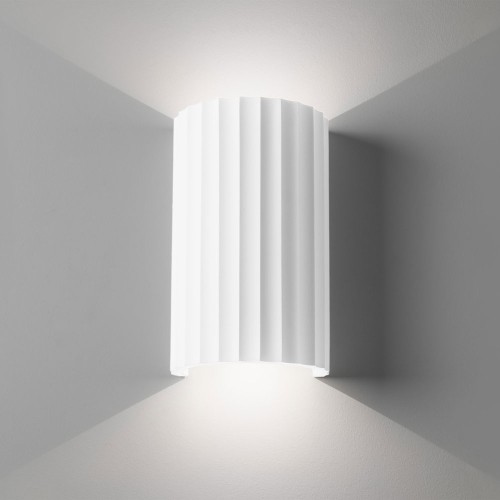
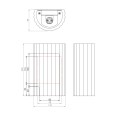
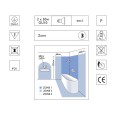

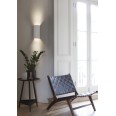



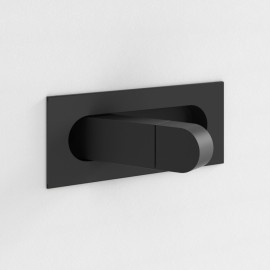
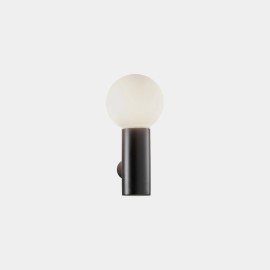

-270x270.jpg)

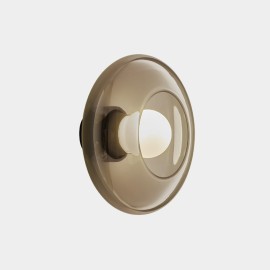

-270x270.jpg)
